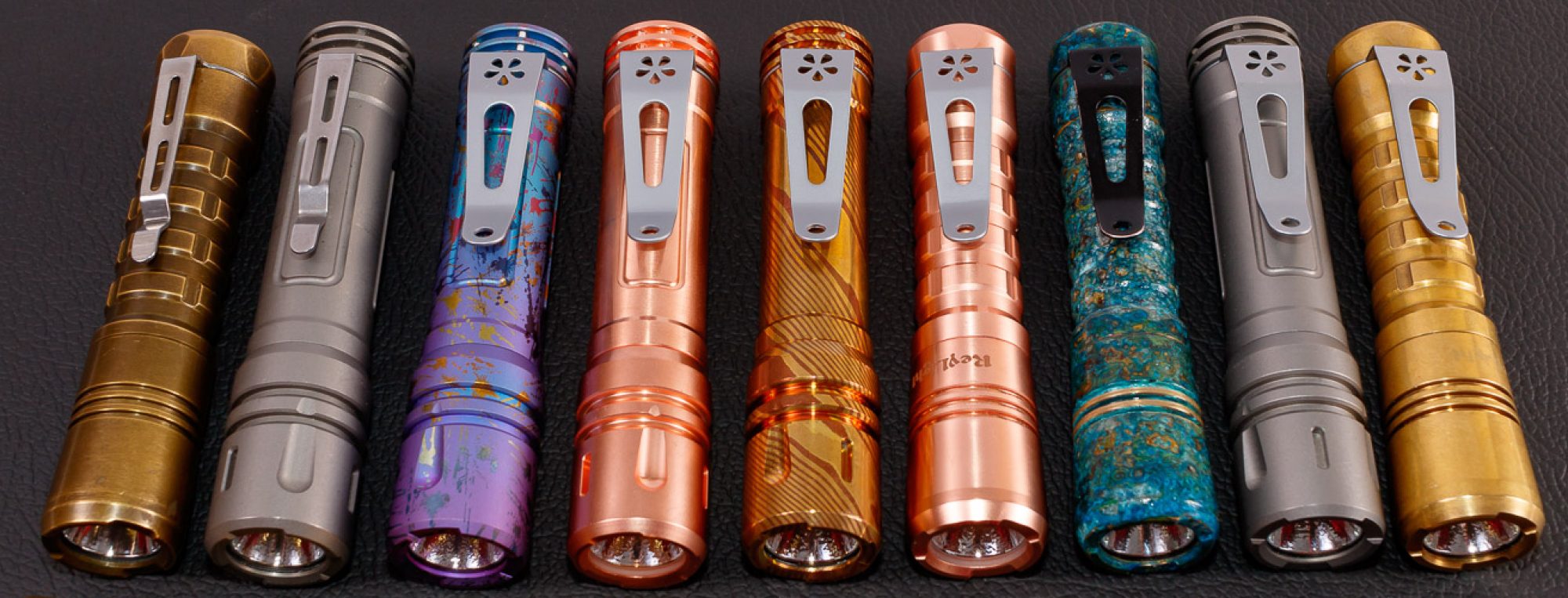Today I am looking at the Anker PowerPort Atom III Slim charger, while that’s a mouthful this seriously small charger can output 30W of power using GaN (Gallium Nitride) technology. This is a one port USB-C charger that I have found great through a few recent travels. Thanks to Anker for sending it to me to take a look at and review.
YouTube Version of this review:
Pickup the Anker PowerPort Atom III Slim at Amazon at https://amzn.to/2Pkn7Fg
Packaging
Packaging here is a white cardboard box with blue sides. It has texture embossed into the box and looks nice. Inside is a pull out paper tray holds the charger and happy/not happy card. No cable is included with the charger which is a little disappointing.
Looks and Exterior Construction
This is a seriously small charger, it’s smaller than I imagined. It’s footprint is less than a credit card. Exact measurements are 77mm by 46mm, and only 16mm thick. Weight is only 57.8g. So this ranks in at the smallest overall footprint and lightest charger I have per watt, considering this can output 30W. All the edges are rounded so there are no 90 degree corners.
It’s made of a semi gloss plastic and feels solid, no cracks or creaks. It has an almost fabric like texture on top that gives it a more premium feel and looks nice in my opinion. The plug on the back folds into the design which keeps the small compact profile when not in use. This also has the benefit that it only covers one us plug when on the wall or in an airport. On the front is a blue LED on top near the port. It’s a little bright when being used in a dark hotel room, so I put a small piece of electrical tape over it.
Interior Construction and Specs
Let’s talk about the technical specs a bit of this charger. Total max wattage is 30 watts, for input voltage it’s capable of 100-240V at 50/60Hz meaning it’s a world capable charger. This features Ankers Power IQ 3.0 technology which is the latest version, this optimizes charging to be as fast as possible with all different devices. While not exactly the same as Qualcomm Quick Charge or Samsung’s Fast Charge, or Apple fast charge or various other manufactures version, it’s compatible with all of those and you should generally get as fast of charging as you would with a charger that supports these technologies natively according to Anker. My testing agrees with this. It’s also capable of upto 100W which will be coming in future chargers.
I am still learning my USB-C test equipment, but have been playing a lot with it. I can confirm the charger is capable of 30W, actually slightly more. Anker lists the different modes as the following outputs that it’s capable of.
5V ? 2.4A
9V ? 3A
15V ? 2A
20V ? 1.5A
It does not have USB-C PD.
Pro’s
- Big power for such a Small Size, Heat isn’t an issue
- Great for travel
- Supports all the needed standards
Con’s
- No USB-C Cable is included, which is a little disappointing.
- Blue LED is a bit too bright in a dark hotel room.
- No USB-C PD support
Conclusion
The Anker PowerPort Atrom III Slim, is a very long name for such a small and capable charger. It may have only one port, but that one port is capable of 30W, combine that with Ankers Power IQ 3 technology and that means it will change almost any device as fast as the device allows. I have been using it on some recent travels, combined with an Anker PowerCore 10000 PD Redux powerbank, and it’s a great small combo, especially for quick airport or airplane top ups of my Note, or iPad. GaN chargers are here to stay, so if you don’t have one I definitely recommend the Atom III Slim as a great way to get into a reasonably high power charger for a low price to charge your USB-C devices.
Pickup the Anker PowerPort Atom III Slim at Amazon at https://amzn.to/2Pkn7Fg




























































































































